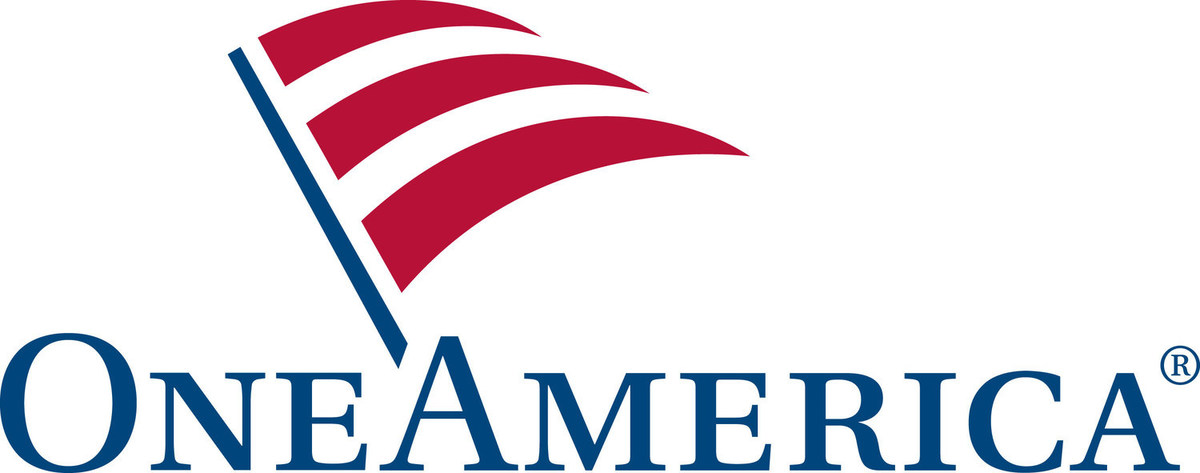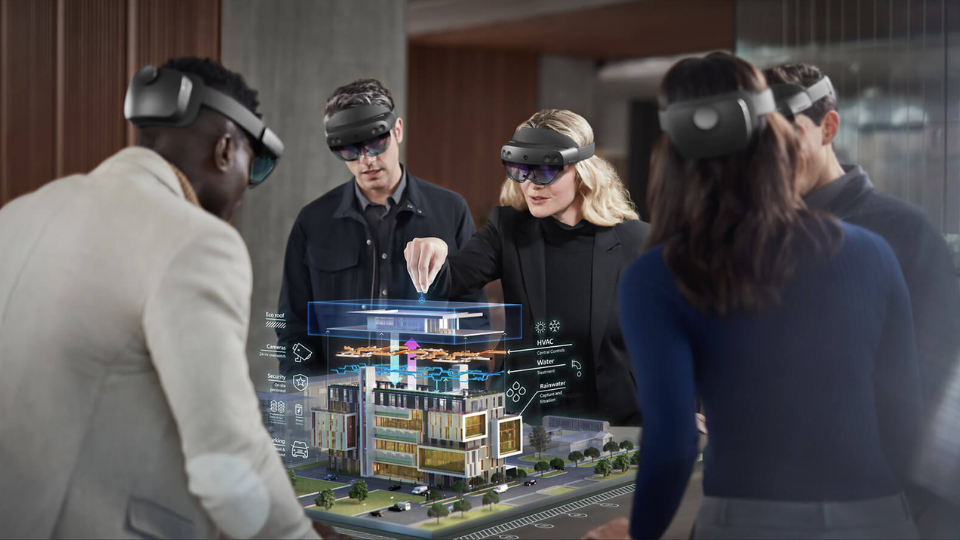Continue reading below or click on any of the topics listed here to jump to that section.
The global pandemic has brought about significant changes in the way we work. With remote work becoming the new norm, organizations have had to adapt and embrace hybrid work models that combine both remote and in-office work.
As the hybrid workforce continues to grow, the need for effective collaboration and communication becomes paramount. This is where audio visual (AV) technology plays a crucial role in optimizing productivity and connectivity for remote and hybrid employees.
In this article, we will explore the evolution of hybrid work, the benefits it offers, and the importance of having the right AV technology to support seamless collaboration and communication.
We will delve into the various aspects of AV technology that contribute to creating a productive and engaging hybrid work environment.
The Evolution of Hybrid Work
The concept of hybrid work is not entirely new, but it has gained significant traction in recent years, accelerated by the COVID-19 pandemic. Traditionally, the workforce was predominantly office-based, with occasional remote work options.
However, the pandemic forced organizations to adopt remote work on a large scale, leading to the realization that employees can be just as productive, if not more, when given the flexibility to work from anywhere.
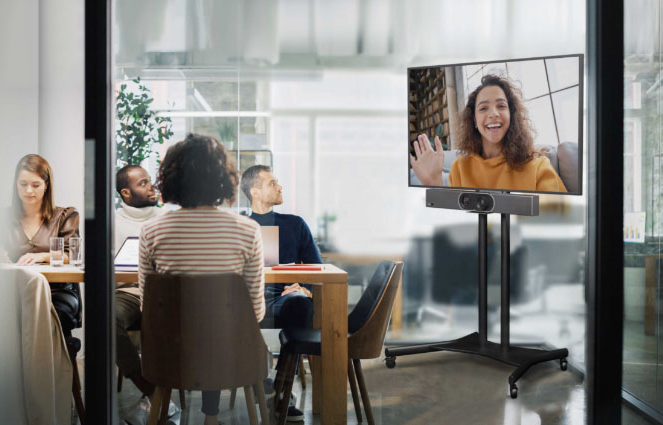
As restrictions eased and employees started returning to the office, the hybrid work model emerged as a solution that combines the best of both worlds. It allows employees to have the flexibility to work remotely or in the office, depending on their preferences and the nature of their work. This shift towards a hybrid work model has been embraced by both employees and employers, recognizing the benefits it offers in terms of work-life balance, employee satisfaction, and productivity.
Benefits of a Hybrid Work Model
The hybrid work model offers numerous benefits for both employees and organizations. Let’s take a closer look at some of the key advantages:
Flexibility and Work-Life Balance
One of the primary benefits of hybrid work is the flexibility it provides. Employees have the freedom to choose where they work, allowing them to achieve a better work-life balance. This flexibility can lead to increased job satisfaction and employee retention.
Increased Productivity
Studies have shown that remote workers often experience higher productivity levels. The absence of office distractions and the ability to work in a comfortable and personalized environment contribute to improved focus and efficiency.
Cost Savings
Hybrid work models can result in cost savings for both employees and organizations. Employees save on commuting costs and expenses associated with working in an office, while organizations can reduce office space requirements and associated overhead costs.
Improved Employee Happiness
The flexibility offered by hybrid work models can significantly impact employee well-being. Reduced commute times and the ability to create a work environment tailored to individual preferences can contribute to reduced stress and improved mental health.
Access to Global Talent Pool
Remote work opens up opportunities for organizations to access talent from anywhere in the world. This expanded talent pool can lead to increased diversity and innovation within teams.
The Role of Audio Visual Technology in Hybrid Work
To fully leverage the benefits of hybrid work, organizations need to invest in the right audio visual technology solutions. AV technology plays a vital role in enabling effective communication, collaboration, and productivity for remote and hybrid employees.
Let’s explore the key aspects of AV technology that contribute to a successful hybrid work environment.
Enhancing Communication and Collaboration
Effective communication and collaboration are crucial for hybrid teams to work seamlessly together. AV technology provides the tools and platforms necessary for virtual meetings, video conferencing, and real-time collaboration. With the right AV solutions in place, employees can connect, communicate, and collaborate from anywhere with ease.
- Video Conferencing: Video conferencing platforms such as Microsoft Teams, Zoom, and Google Meet have become essential tools for remote and hybrid teams. These platforms enable face-to-face communication, screen sharing, and collaboration on shared documents. Organizations can invest in certified solutions like Microsoft Team Rooms and Zoom Rooms to transform meeting spaces into professional, feature-rich collaboration environments.
- Collaboration Platforms: Collaboration platforms go beyond video conferencing by providing additional features like file sharing, co-authoring, and chat settings. Platforms like Microsoft Teams offer a comprehensive suite of tools that facilitate seamless collaboration and communication for hybrid teams.
- Wireless Presentation Solutions: With the rise of bring-your-own-device (BYOD) policies, wireless presentation solutions have become essential for enabling participants to connect and share content effortlessly. Solutions like Barco ClickShare Conference allow users to wirelessly connect their laptops to meeting room AV systems, eliminating the need for multiple cable connections and streamlining the meeting experience.

Creating Productive Meeting Spaces
Well-designed meeting spaces equipped with the right AV technology are essential for productive hybrid work. These spaces should facilitate seamless communication and collaboration, whether employees are physically present or joining remotely. Here are some key considerations for creating productive meeting spaces:
- Displays and Screens: High-quality displays and screens are essential for creating engaging meeting experiences. Upgrading to the latest models with features like 8K resolution, dual displays, and layout-driven displays can enhance collaboration and ensure a comprehensive view of meeting content and participants.
- Cameras and Microphones: Meeting room cameras and microphones play a crucial role in ensuring remote participants can fully engage in meetings. Choosing cameras with wide viewing angles and advanced features like automatic tracking can capture everyone in the room and provide a more immersive experience for remote participants. Beamforming microphones can enhance audio clarity and eliminate unwanted background noise.
- Interfaces and Controls: User-friendly interfaces and controls are essential for seamless meeting experiences. Whether using collaboration platforms or hardware-based control panels, the objective is to enable employees to effortlessly connect to meetings and share presentations with a single touch. This ensures a consistent user experience and reduces the time spent on technical setup.
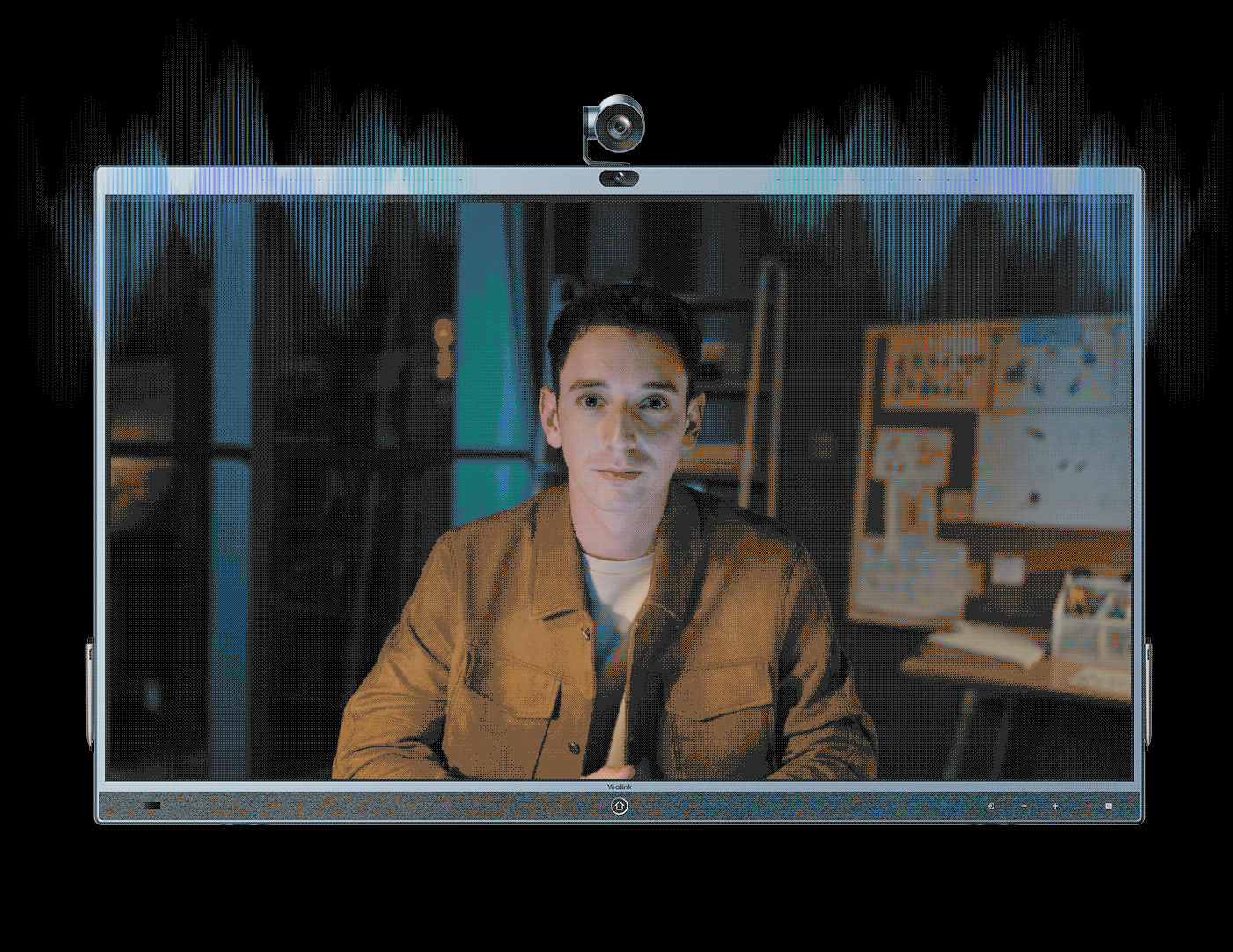
Ensuring Seamless Connectivity
Connectivity is key in a hybrid work environment. Employees should be able to join meetings and collaborate seamlessly, regardless of their location. Here are some considerations for ensuring seamless connectivity:
- Video Interoperability: The widespread adoption of collaboration platforms like Microsoft Teams and Zoom has presented challenges for organizations with existing room-based video conferencing systems. Video interoperability solutions like Pexip CVI and Zoom Conference Room Connector allow organizations to unify their video conferencing devices, regardless of the platform they use.
- Wireless Connectivity: Wireless connectivity is highly sought after by users, enabling them to join video calls and scheduled meetings easily. Providing both wireless and wired connectivity options ensures seamless connectivity for both internal and external participants, regardless of their device preferences.


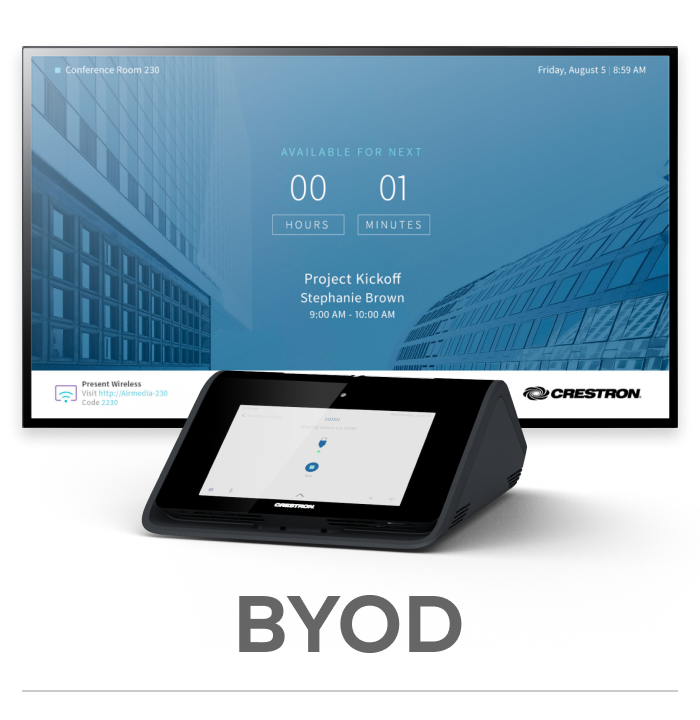
Designing for Flexibility and Mobility
Hybrid work requires flexibility and mobility in meeting spaces. Employees should have the freedom to choose their preferred devices and work styles, whether in the office or remotely. Here are some considerations for designing flexible and mobile meeting spaces:
- Bring Your Own Device (BYOD): Many employees prefer using their own devices for meetings. Meeting spaces should be designed to accommodate BYOD solutions, allowing participants to connect their laptops or mobile devices seamlessly to AV systems and collaborate effectively.
- Mobile Collaboration Solutions: Mobile collaboration solutions enable employees to join meetings and collaborate on the go. Mobile apps for collaboration platforms like Microsoft Teams and Zoom allow employees to participate in meetings, share content, and communicate with colleagues from their smartphones or tablets.
The Importance of Acoustic Conditioning
Acoustic conditions in meeting spaces play a significant role in ensuring clear and effective communication. Traditional meeting spaces often have hard surfaces that cause excessive reverberation and can make it challenging to follow conversations.
Implementing non-invasive acoustic treatments can transform meeting rooms into high-quality, professional environments with improved sound quality and reduced distractions.
Leveraging Digital Signage for Engagement
Digital signage solutions can play a crucial role in engaging employees and providing real-time information in the workplace. Deployed strategically, digital signage can manage traffic flow, relay company news, and promote health and well-being initiatives. These dynamic displays help build a positive connection between the business and its employees, fostering engagement and improving staff retention.
How to Get Started
The rise of the hybrid workforce has transformed the way we work, emphasizing the need for effective collaboration and communication regardless of physical location. Investing in the right audio visual technology solutions is essential for creating a productive and engaging hybrid work environment. With the right AV technology in place, organizations can optimize collaboration, enhance communication, and ensure seamless connectivity for their remote and hybrid workforce.
Ultimate Technologies Group understands the evolving needs of the hybrid workforce and specializes in strategizing, designing, and installing the best audio visual technology solutions to support remote, hybrid, and work-from-home employees. Contact us today to discuss your project and discover how we can help you create a productive hybrid work environment that drives collaboration and boosts productivity.
“The commitment by Will and his team to our success is second to none. What they bring to the table is their flexibility and their partnership, and they truly listen to you.”
